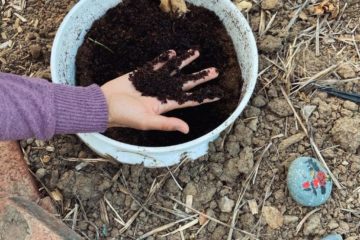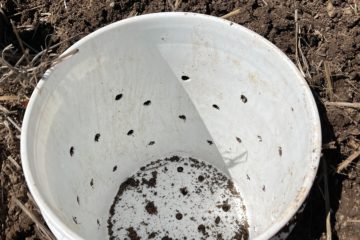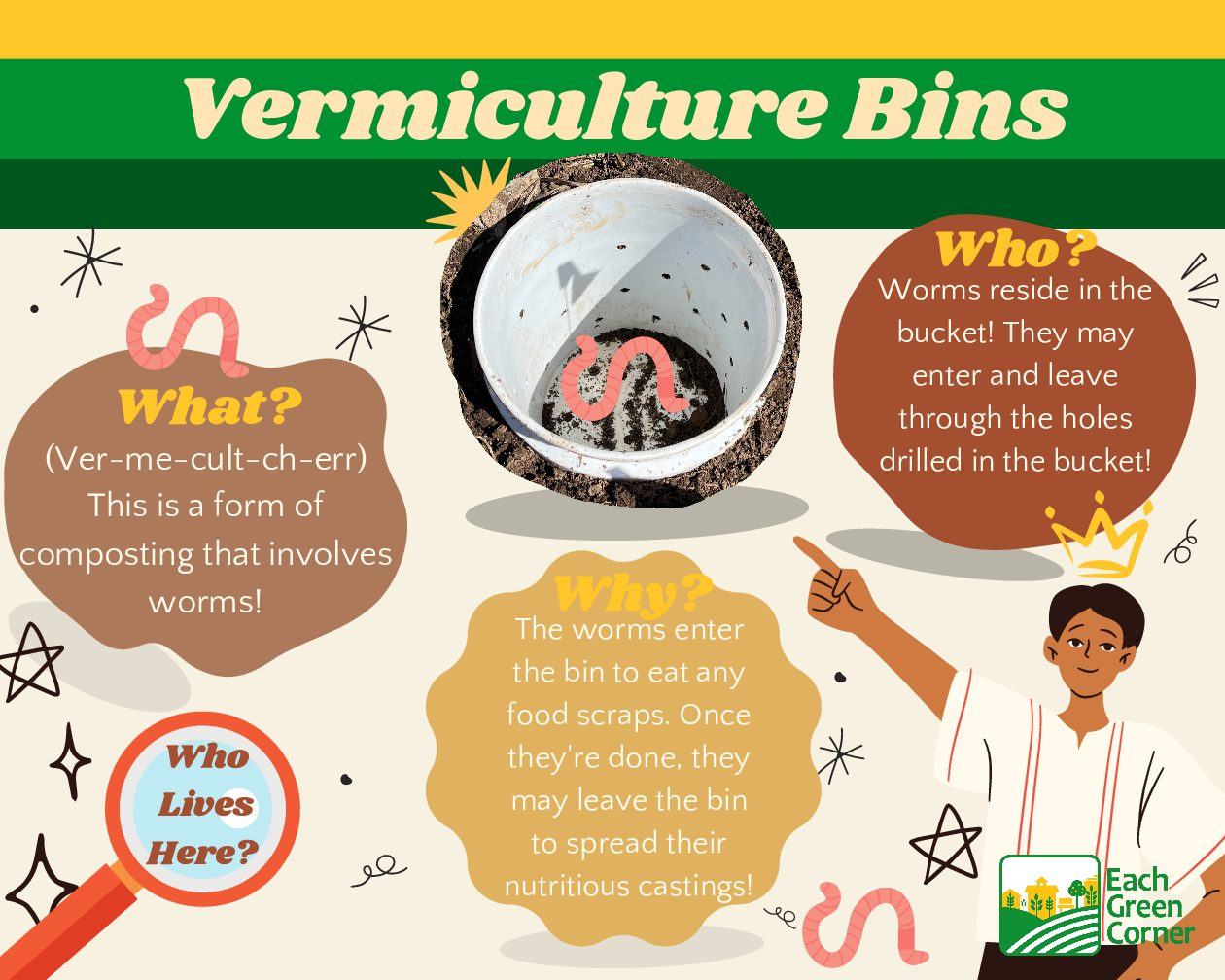Have a hot, sunny, well-drained spot in your garden? If you don’t have it already, consider planting some basil. Delicious and nutritious, basil is also an excellent companion plant to many of your typical summer vegetables. Read on to learn more about the many uses and benefits of this summer gem.
Basil is a member of the mint family, and has varieties indigenous to Africa, Asia, India and the Americas. It generally loves hot, sunny spots in your garden, but does require frequent water and well-draining soil. Basil will continue to grow until the fall frosts. Interplant basil with tomatoes, potatoes, beets, beans, asparagus, chilis and peppers to attract pollinators to your garden while deterring pests. Team up basil with marigolds for a true companion planting super team. Harvest leaves once the plant is 6-8 inches tall by pruning off the lower-most leaves. To encourage leaf production, pinch off flower buds as soon as they emerge. If your plant does flower, go ahead and cut back half of the plant. Throughout the growing season, prune your basil heavily every two to three weeks to encourage even more leaf production. Hello, pesto sauce!
The most common variety in Italian cooking is Sweet Basil (Ocimum basilicum), but there are actually more than one hundred varieties. Check out this article for some information on several commonly-available varieties. Consider planting 2-3 plants per family of four for general use, or a dozen plants or more if you’re looking to make a lot of pesto. No matter the variety, basil is full of nutritional benefits. Basil provides macronutrients, such vitamin K (13% RDI per tablespoon fresh), vitamin A, and manganese, as well as a range of antioxidants. Basil is a popular remedy for nausea, inflammation and bug bites, and is also widely used in traditional Chinese medicine, Ayurvedic medicine and other holistic medicine systems. Holy basil is under investigation for its potential benefits for diabetics, relieving stress, and preventing certain types of cancer.
Now that you have all this basil, try some of these recipes from around the world!
- Epicurious’s 91 Best Basil Recipes (which happen to almost all feature sweet basil)
- Spicy Thai Basil Chicken (Pad Krapow Gai) – featuring thai or holy basil, but also good with sweet basil.
- Ratatouille with Cinnamon Basil
- Cinnamon Basil Cookies



0 Comments